The Best Bond ETFs to Buy
Bond ETFs are useful in a diversified portfolio, but investors should be aware of interest rate sensitivity, credit quality, liquidity and tax efficiency.

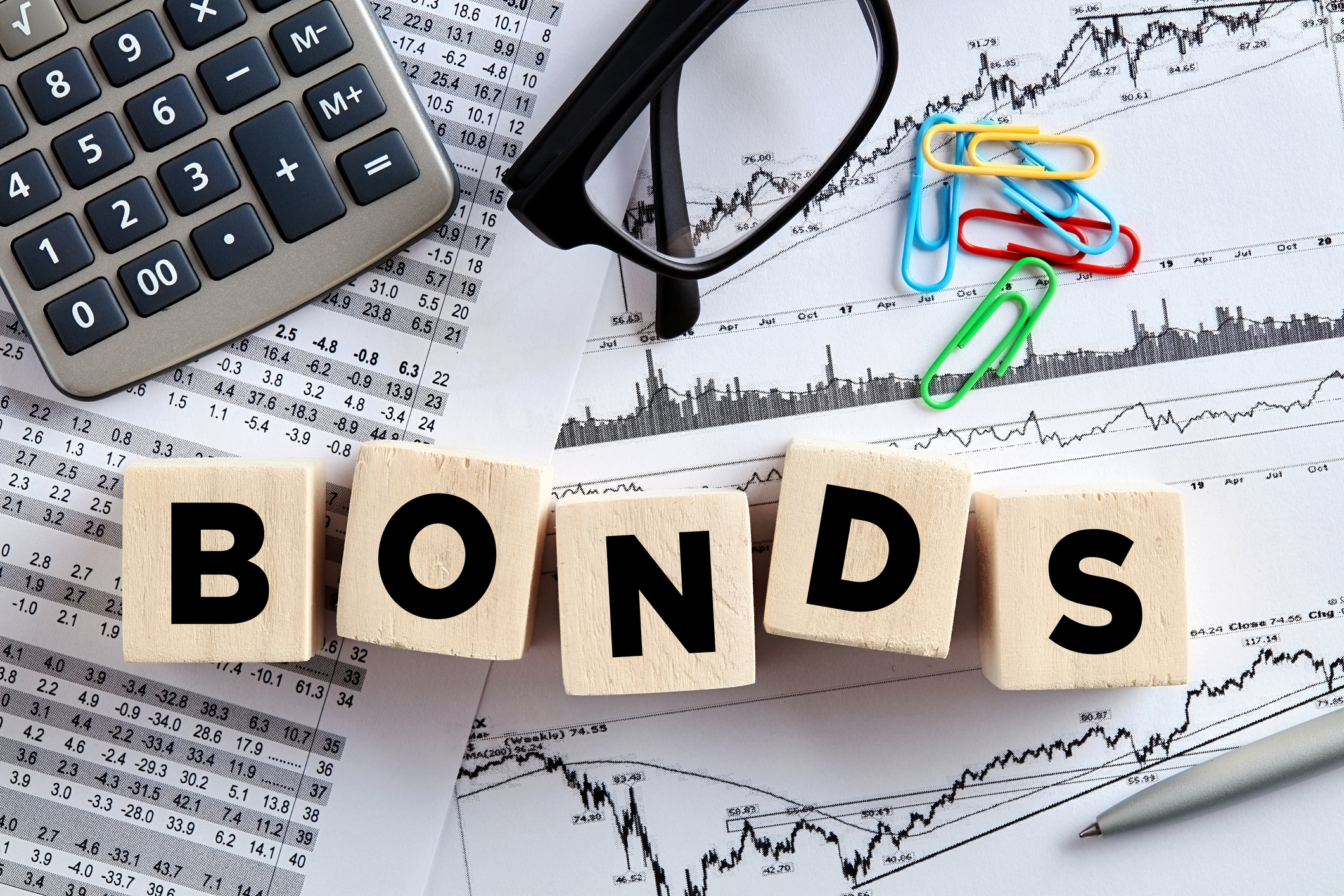
Many investors are still cautious about fixed income after the 2022 bond bear market. That year, aggressive rate hikes from the Federal Reserve caused prices on many bond ETFs to plunge, especially those with longer maturities. The memory of bonds falling alongside stocks left a mark.
Still, ETF issuers remain confident about the future of bond ETFs. According to FactSet, fund providers added 17 new fixed-income funds, in October representing 17% of total ETF launches. And fixed-income inflows rose 29% from September to October.
One reason for this is that bond ETFs offer a broad, one-size-fits-all strategy and are highly popular with passive investors.
But the real benefit of bond ETFs is how customizable they've become. Whether you want to target specific maturities, credit ratings or even tax treatments, you can likely find a bond ETF for it.
Here's a guide on how to narrow your choices to the best bond ETFs to buy.
How to pick the best bond ETFs
When choosing a bond ETF, it helps to think in terms of two adjustable levers. These levers affect both the risk you take and the return you might earn. While you can customize each, they work within a trade-off framework. Pushing one side generally means pulling away from something else.
The first lever is duration. This is expressed in years and measures how sensitive a bond ETF is to changes in interest rates. Bond prices move in the opposite direction of interest rates.
For example, a bond ETF with a 15-year average duration would, all else being equal, drop more than a fund with a 4-year duration when rates climb. The same logic works in reverse when rates fall. Duration can range from less than a year for ultra-short products that mimic money market funds to more than 25 years for long-term bond ETFs that can be almost as volatile as stocks.
The second lever is credit quality. Think of a bond ETF as a giant pool of loans made to various borrowers. If one of those borrowers seems less trustworthy, investors demand a higher yield to take on the added risk. Credit ratings help gauge this trust.
For example, a bond rated BBB or higher is considered investment grade, while anything below that is categorized as high-yield or junk. As credit quality increases, the yield typically drops, but the ETF becomes more stable. Lower credit quality tends to offer more yield but also more risk of default or price volatility.
Once you understand these two levers, you can better match a bond ETF to your goals, time horizon and risk tolerance. Consider two examples:
- A short-term investor nearing retirement may prefer an ETF with short duration and high credit quality, minimizing both rate sensitivity and default risk.
- An investor with a medium-term horizon who can stomach more volatility might choose intermediate duration and lower credit quality for higher income potential.
You can also mix and match these attributes in many ways: short-term high yield, long-term investment grade, or anything in between. That’s why relying solely on aggregate bond ETFs may miss the broader opportunities available.
A third factor to keep in mind is tax efficiency. Most bond ETFs distribute interest income that's taxed as ordinary income, which can be a drag if you're investing outside a tax-sheltered account such as a 401(k) or an IRA. In these cases, tax efficiency becomes essential.
Certain bond ETFs help here. U.S. Treasury-only bond ETFs are exempt from state taxes. Municipal bond ETFs are generally exempt from federal taxes, and state-specific muni ETFs may also offer state tax exemptions if you live in the same state as the one that the muni ETF is offered.
These are foundational ideas. As you grow more comfortable, you'll come across more advanced bond strategies, including:
- Senior loan ETFs, which invest in floating-rate loans and tend to do well when rates rise.
- Collateralized loan obligations (CLOs), which pool loans into tranches with varying levels of risk and return.
- Treasury inflation-protected securities (TIPS), which adjust payouts with inflation.
While TIPS can play a role, most investors are best served by mastering the basic duration and credit-quality combinations before exploring the more complex fixed income categories.
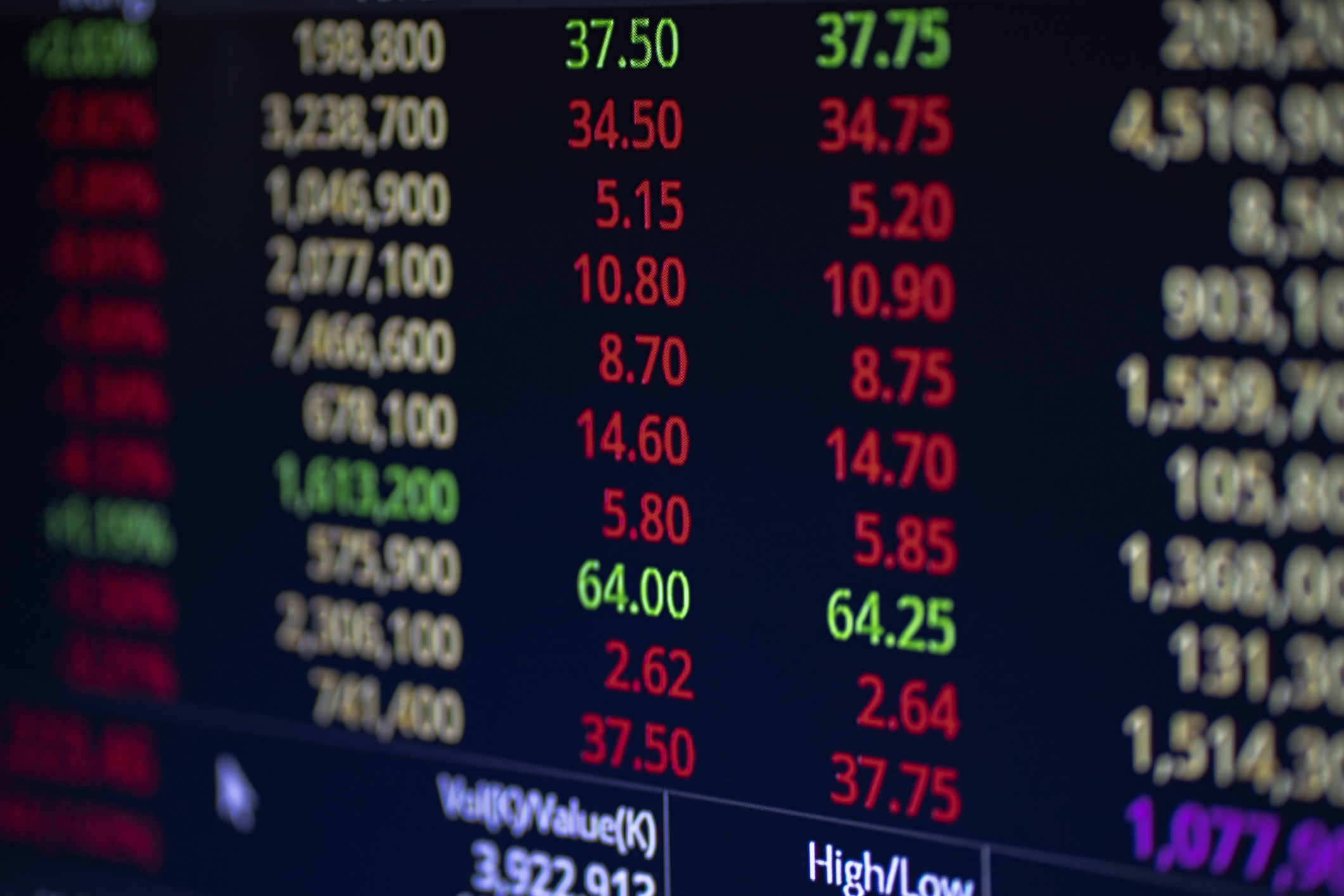
The best bond ETFs
Exchange traded fund/ticker | Assets under management | SEC yield | 10-year annualized return | Expenses |
Vanguard Total Bond Market ETF (BND) | $379.8 billion | 4.1% | 1.90% | 0.03% |
Vanguard Total International Bond ETF (BNDX) | $112.7 billion | 2.9% | 2.22% | 0.07% |
iShares Core Total USD Bond Market ETF (IUSB) | $33.4 billion | 4.3% | 2.30% | 0.07% |
iShares U.S. Treasury Bond ETF (GOVT) | $33.0 billion | 3.9% | 1.30% | 0.05% |
iShares Broad USD Investment Grade Corporate Bond ETF (USIG) | $15.3 billion | 4.8% | 3.15% | 0.04% |
How we picked the best bond ETFs
First, it's worth acknowledging that many respected firms have carved out a strong reputation in actively managed fixed-income ETFs. Names such as PIMCO and Nuveen stand out with well-established expertise and performance in the space.
That said, the list below focuses strictly on passive bond ETFs that aim to replicate a bond index rather than beat it. This distinction matters because when we looked at long-term results from the S&P Indices Versus Active (SPIVA) scorecard, active bond funds did show some promise in short windows, especially in niche segments. But their advantage tends to fade over longer time horizons, largely due to the drag from higher fees.
Which brings us to the first selection criterion: low costs. We applied a strict expense ratio limit of 0.10%. That's no more than $10 in annual fees on a $10,000 investment. This is especially important for bond ETFs, which typically have lower return expectations than equities, making fee minimization more critical for total return.
Next, we filtered for track record and asset base. Each ETF selected has been around for over a decade and has surpassed $1 billion in assets under management. These are both signals of staying power and broad investor trust. Funds that have survived through multiple rate cycles also provide a more reliable sense of how they behave in different market environments.
Finally, liquidity was a key factor. Liquidity in ETFs isn't just about how often a fund trades. It also depends on how easy it is to buy or sell the underlying securities, something that varies a lot in the bond market.
That's why we excluded ETFs focused on more exotic or less liquid segments of fixed income, where wide spreads and low transparency can work against investors. Instead, we focused on transparent, broad-market ETFs that trade efficiently with tight bid-ask spreads.
You'll notice the resulting list of what we consider the best bond ETFs isn't necessarily made up of the top performers. Instead, these funds tend to be the cheapest, most established and largest in size. They work well as core holdings and offer broad versatility rather than niche exposure.
Remember that the value of a bond ETF depends on your specific needs.
The real advantage comes from applying the concepts we covered earlier, including duration, credit quality and tax efficiency, to sort and select the best bond ETFs to buy based on your own goals.
Data is as of November 6.

Vanguard Total Bond Market ETF
- Assets under management: $379.8 billion
- SEC yield: 4.1%
- 10-year annualized return: 1.90%
- Expenses: 0.03%, or $3 annually for every $10,000 invested
The Vanguard Total Bond Market ETF (BND) is one of Vanguard's largest ETFs and currently the most popular bond ETF by assets.
For more than a decade, it's offered extremely diversified exposure to the U.S. investment-grade bond market by tracking the Bloomberg U.S. Aggregate Bond Index. The portfolio includes more than 11,000 securities, spanning U.S. Treasurys, mortgage-backed securities (MBS) and investment-grade corporate bonds.
On average, most of BND's exposure lies in U.S. government securities, namely Treasuries and mortgage-backed securities (MBS) with the rest in high-quality corporate debt. Maturities in the portfolio range from less than one year to more than 25 years, though the fund overall maintains an average duration of 5.8 years.
It pays monthly income, amounting to a 4.1% yield currently, though that income is not particularly tax efficient.
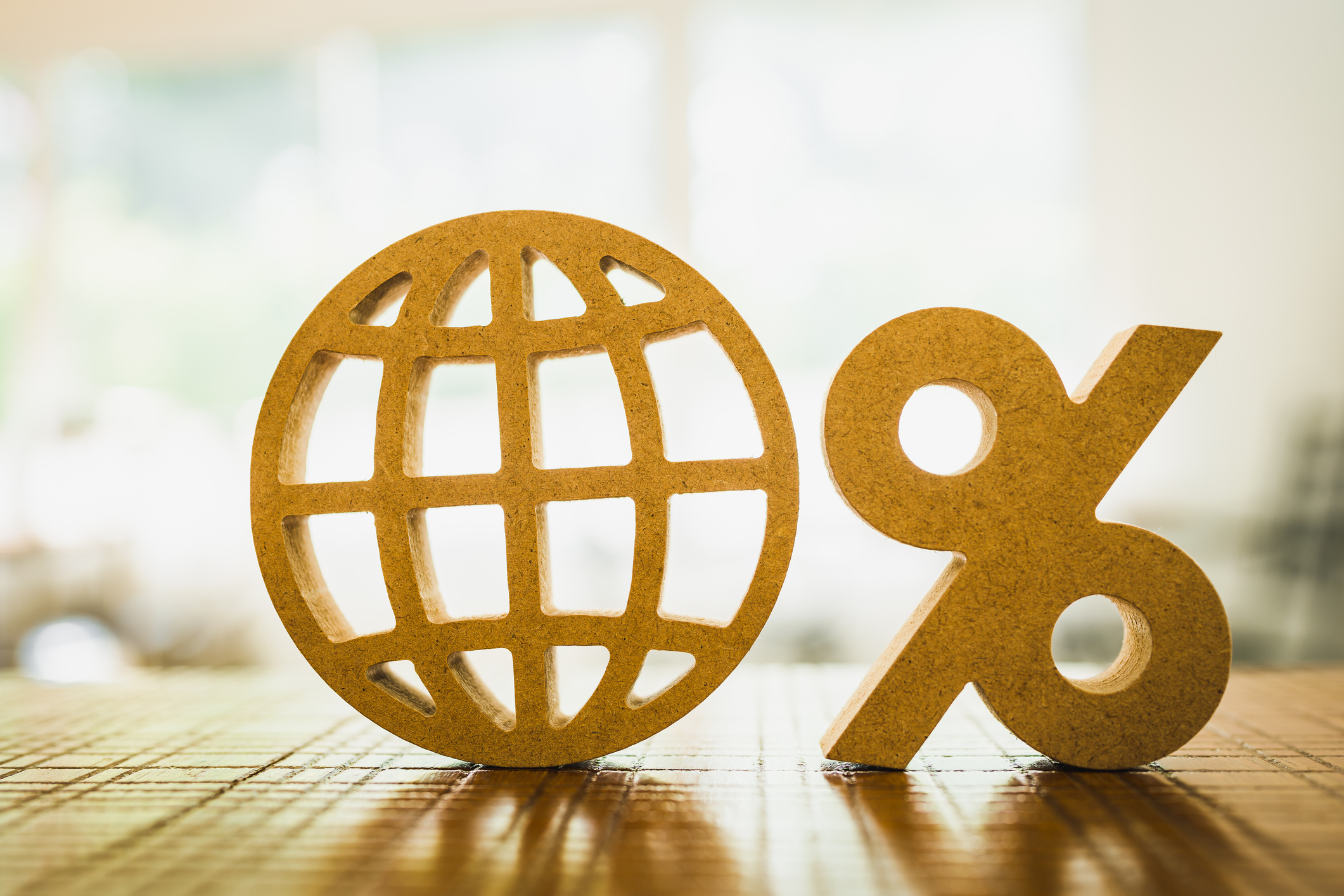
Vanguard Total International Bond ETF
- Assets under management: $112.7 billion
- SEC yield: 2.9%
- 10-year annualized return: 2.22%
- Expenses: 0.07%
The Vanguard Total International Bond ETF (BNDX) is the international counterpart to BND, offering exposure to a broad mix of non-U.S. investment-grade bonds.
The portfolio spans more than 6,500 bonds issued by governments and corporations in developed markets such as Japan, Germany and the United Kingdom, as well as emerging markets like Mexico and Indonesia.
The ETF is diversified, with a weighted average duration of 6.9 years and holdings split between sovereign debt and corporate bonds. All securities are rated investment grade.
BNDX helps diversify both interest rate risk and geographic risk by expanding beyond the U.S. bond market. In addition, BNDX is currency hedged. While the underlying bonds are denominated in various foreign currencies, the ETF is traded in U.S. dollars.
Hedging minimizes the impact of currency fluctuations on returns, offering a clearer view of bond performance without the added noise of exchange rate movements.
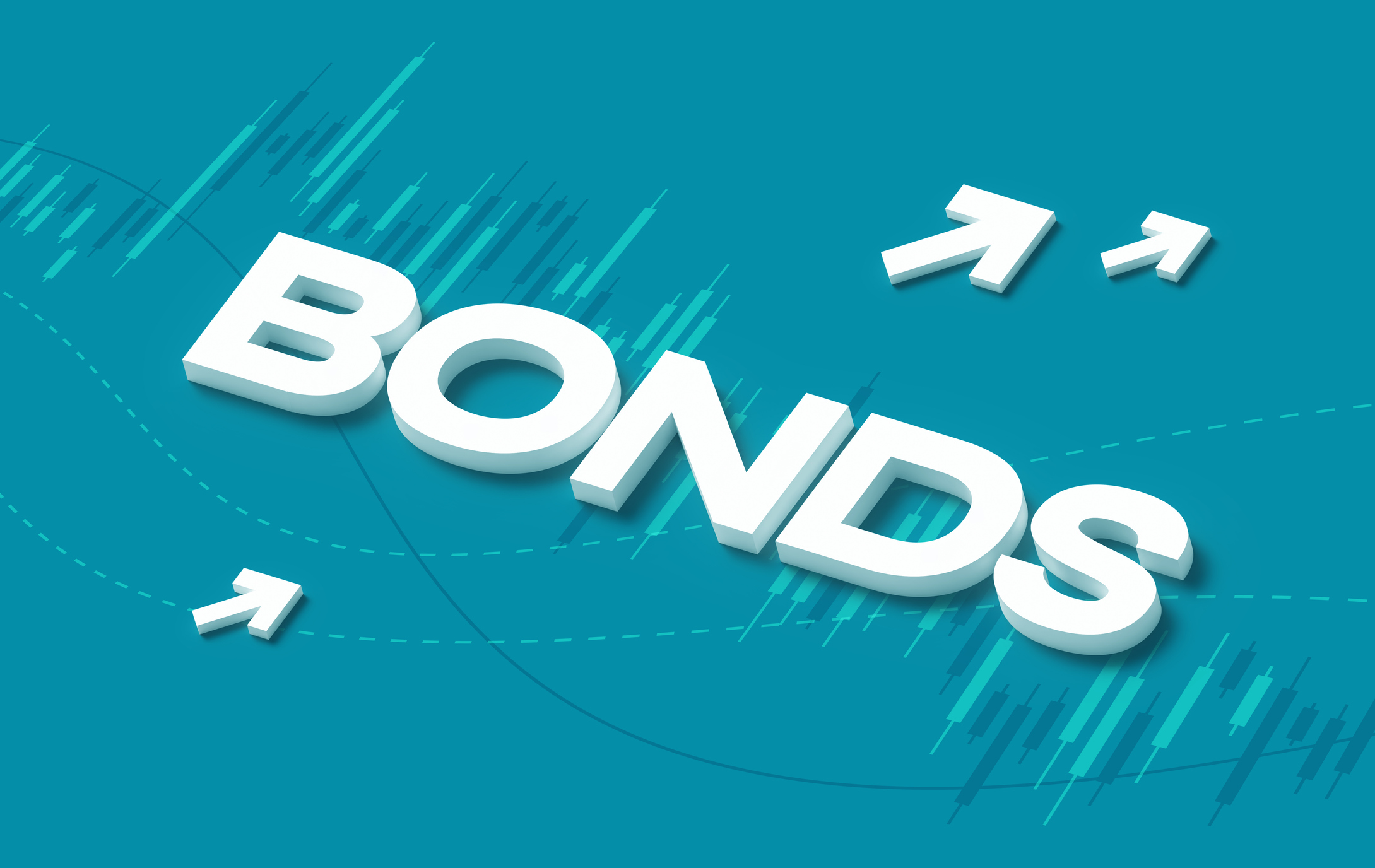
iShares Core Total USD Bond Market ETF
- Assets under management: $33.4 billion
- SEC yield: 4.3%
- 10-year annualized return: 2.30%
- Expenses: 0.07%
The iShares Core Core Total U.S. Bond Market (IUSB) tracks the Bloomberg U.S. Universal Index.
The Bloomberg U.S. Aggregate Bond Index is the most commonly referenced benchmark for tracking the U.S. bond market, but it doesn't include everything. By limiting itself to investment-grade bonds, it leaves out a portion of the market that includes high yield and other sectors. IUSB expands on that by including the full spectrum of U.S. dollar-denominated bonds.
IUSB offers exposure to more than 17,000 securities, primarily U.S. Treasuries, mortgage-backed securities (MBS) and investment-grade corporate bonds. Its average duration is 5.7 years, roughly in line with peers like BND.
However, IUSB also includes a roughly 6% allocation to non-investment-grade debt. The result is a bond ETF that remains broadly diversified and investment grade overall but offers a modest yield pickup over traditional aggregate bond funds, still at a low cost.
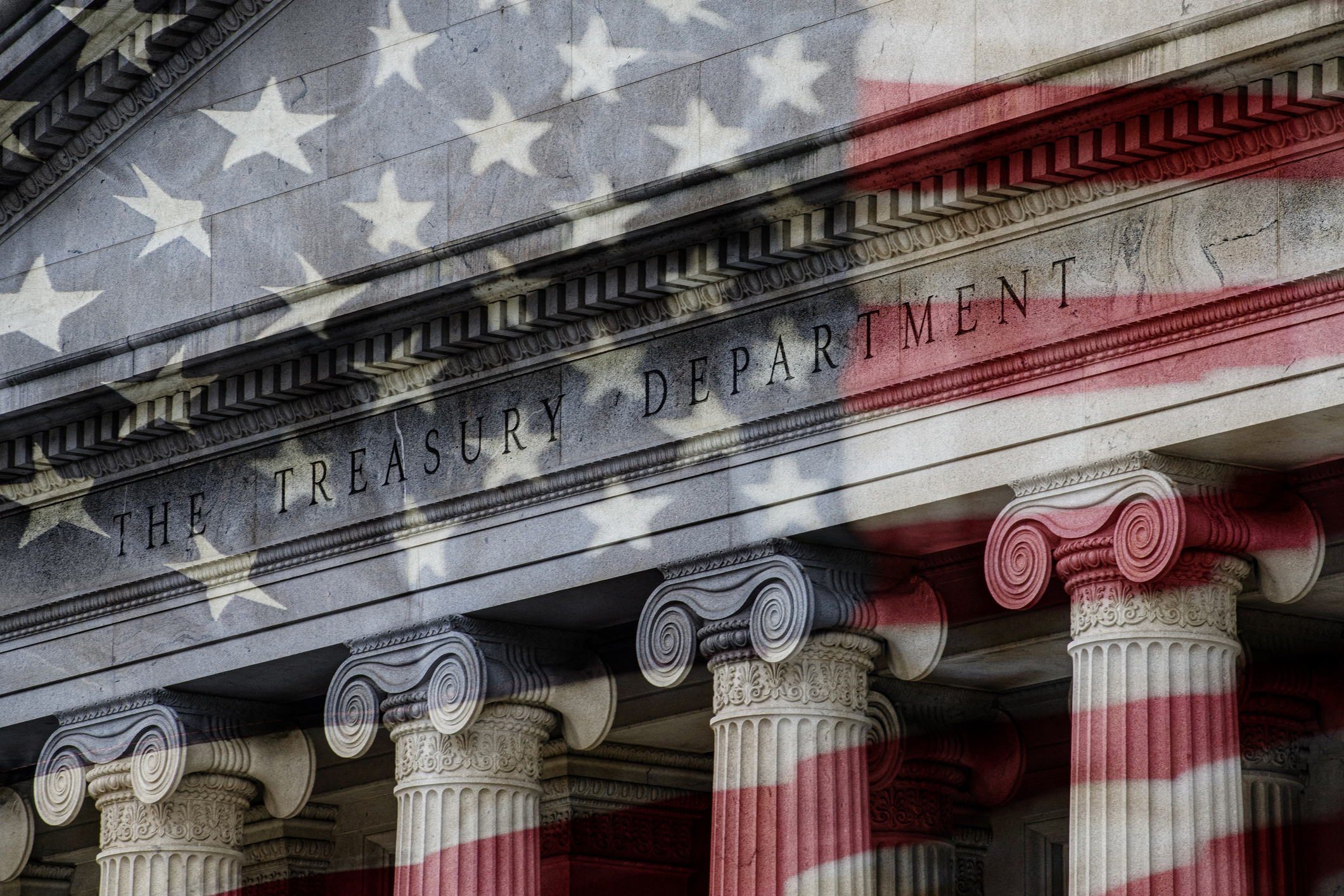
iShares U.S. Treasury Bond ETF
- Assets under management: $33.0 billion
- SEC yield: 3.9%
- 10-year annualized return: 1.30%
- Expenses: 0.05%
Corporate bonds tend to carry more risk than government-issued debt. The iShares U.S. Government Bond ETF (GOVT) tracks the ICE U.S. Treasury Core Bond Index, holding 220 Treasury securities across a wide maturity range from less than one year to more than 20 years.
While investment-grade ratings begin at BBB, only a few companies, such as Microsoft (MSFT) and Johnson & Johnson (JNJ) maintain a coveted AAA rating. In contrast, U.S. Treasuries, though now rated AA, are still widely considered one of the safest assets available.
GOVT offers broad and affordable exposure to these bonds. The fund’s average duration sits at 5.73 years, close to that of BND.
However, because it excludes corporate bonds, its yield is slightly lower at 3.9%. That trade-off may be worth it for investors who prioritize safety and liquidity over additional yield.
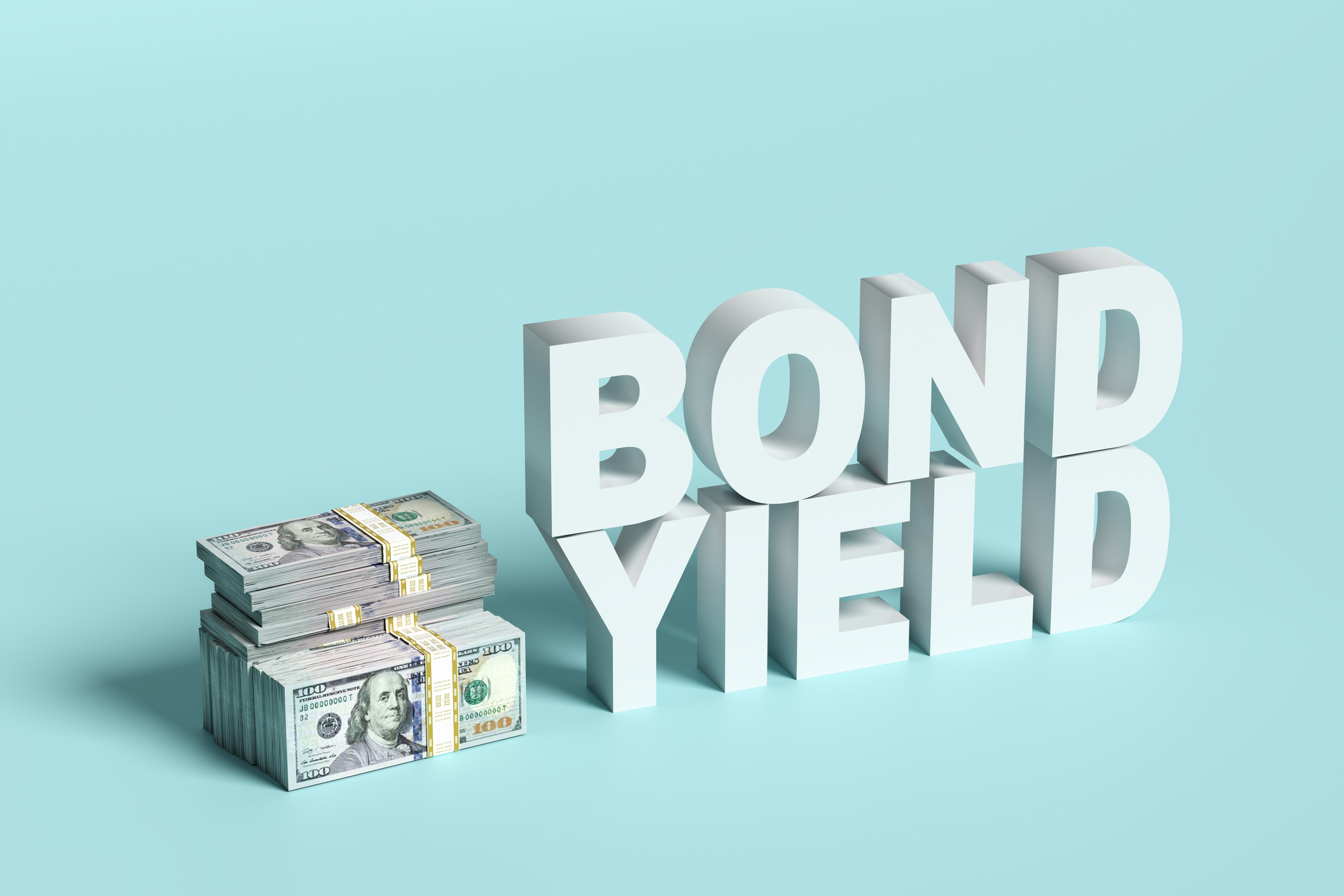
iShares Broad USD Investment Grade Corporate Bond ETF
- Assets under management: $15.3 billion
- SEC yield: 4.8%
- 10-year annualized return: 3.15%
- Expenses: 0.04%
If a higher yield is a greater priority than absolute safety, the iShares Broad USD Investment Grade Corporate Bond ETF (USIG) may be your best option. It offers a 4.8% yield while keeping fees at a low 0.04%.
USIG tracks the ICE BofA U.S. Corporate Index, representing the full liquid U.S. investment-grade corporate bond market.
Investors might notice that GOVT's historical return is lower than BND's. While excluding riskier corporate bonds helped it hold up better during shocks like the March 2020 market crash, that also meant missing out on the credit risk premium.
USIG holds more than 11,000 issues with an average duration of 6.5 years. Most of the bonds in USIG carry a BBB or A rating, with smaller allocations to AA and AAA-rated securities.
However, tax efficiency may be a concern here since corporate bond interest is taxed as ordinary income.
Learn more about USIG at the iShares provider site.
Related content
Profit and prosper with the best of Kiplinger's advice on investing, taxes, retirement, personal finance and much more. Delivered daily. Enter your email in the box and click Sign Me Up.
Tony started investing during the 2017 marijuana stock bubble. After incurring some hilarious losses on various poor stock picks, he now adheres to Bogleheads-style passive investing strategies using index ETFs. Tony graduated in 2023 from Columbia University with a Master's degree in risk management. He holds the Certified ETF Advisor (CETF®) designation from The ETF Institute. Tony's work has also appeared in U.S. News & World Report, USA Today, ETF Central, The Motley Fool, TheStreet, and Benzinga. He is the founder of ETF Portfolio Blueprint.
-
 How to Safely Open an Online Savings Account
How to Safely Open an Online Savings AccountOnline banks offer generous APYs that most brick-and-mortar banks can't match. If you want to make the switch to online but have been hesitant, I'll show you how to do it safely.
-
 7 Ways to Age Gracefully Like the Best Stock Photo Seniors
7 Ways to Age Gracefully Like the Best Stock Photo SeniorsAs a retirement editor, I've gleaned valuable wisdom (and a lot of laughs) from one older couple that tops the seniors' stock photo charts.
-
 My First $1 Million: Banking Executive, 48, Southeast U.S.
My First $1 Million: Banking Executive, 48, Southeast U.S.Ever wonder how someone who's made a million dollars or more did it? Kiplinger's My First $1 Million series uncovers the answers.
-
 Time to Close the Books on 2025: Don't Start the New Year Without First Making These Money Moves
Time to Close the Books on 2025: Don't Start the New Year Without First Making These Money MovesAs 2025 draws to a close, take time to review your finances, maximize tax efficiency and align your goals for 2026 with the changing financial landscape.
-
 Is Fear Blocking Your Desire to Retire Abroad? What to Know to Turn Fear Into Freedom
Is Fear Blocking Your Desire to Retire Abroad? What to Know to Turn Fear Into FreedomCareful planning encompassing location, income, health care and visa paperwork can make it all manageable. A financial planner lays it all out.
-
 Gold and Silver Shine as Stocks Chop: Stock Market Today
Gold and Silver Shine as Stocks Chop: Stock Market TodayStocks struggled in Friday's low-volume session, but the losses weren't enough to put the Santa Claus Rally at risk.
-
 How to Master the Retirement Income Trinity: Cash Flow, Longevity Risk and Tax Efficiency
How to Master the Retirement Income Trinity: Cash Flow, Longevity Risk and Tax EfficiencyRetirement income planning is essential for your peace of mind — it can help you maintain your lifestyle and ease your worries that you'll run out of money.
-
 I'm an Insurance Expert: Sure, There's Always Tomorrow to Report Your Claim, But Procrastination Could Cost You
I'm an Insurance Expert: Sure, There's Always Tomorrow to Report Your Claim, But Procrastination Could Cost YouThe longer you wait to file an insurance claim, the bigger the problem could get — and the more leverage you're giving your insurer to deny it.
-
 Could a Cash Balance Plan Be Your Key to a Wealthy Retirement?
Could a Cash Balance Plan Be Your Key to a Wealthy Retirement?Cash balance plans have plenty of benefits for small-business owners. For starters, they can supercharge retirement savings and slash taxes. Should you opt in?
-
 Changes Are Coming for This Invesco Bond Fund
Changes Are Coming for This Invesco Bond FundThe Invesco BulletShares 2026 Corporate Bond ETF's bonds will mature in 2026. Here's what investors should do.
-
 7 Retirement Planning Trends in 2025: What They Mean for Your Wealth in 2026
7 Retirement Planning Trends in 2025: What They Mean for Your Wealth in 2026From government shutdowns to market swings, the past 12 months have been nothing if not eventful. The key trends can help you improve your own financial plan.

